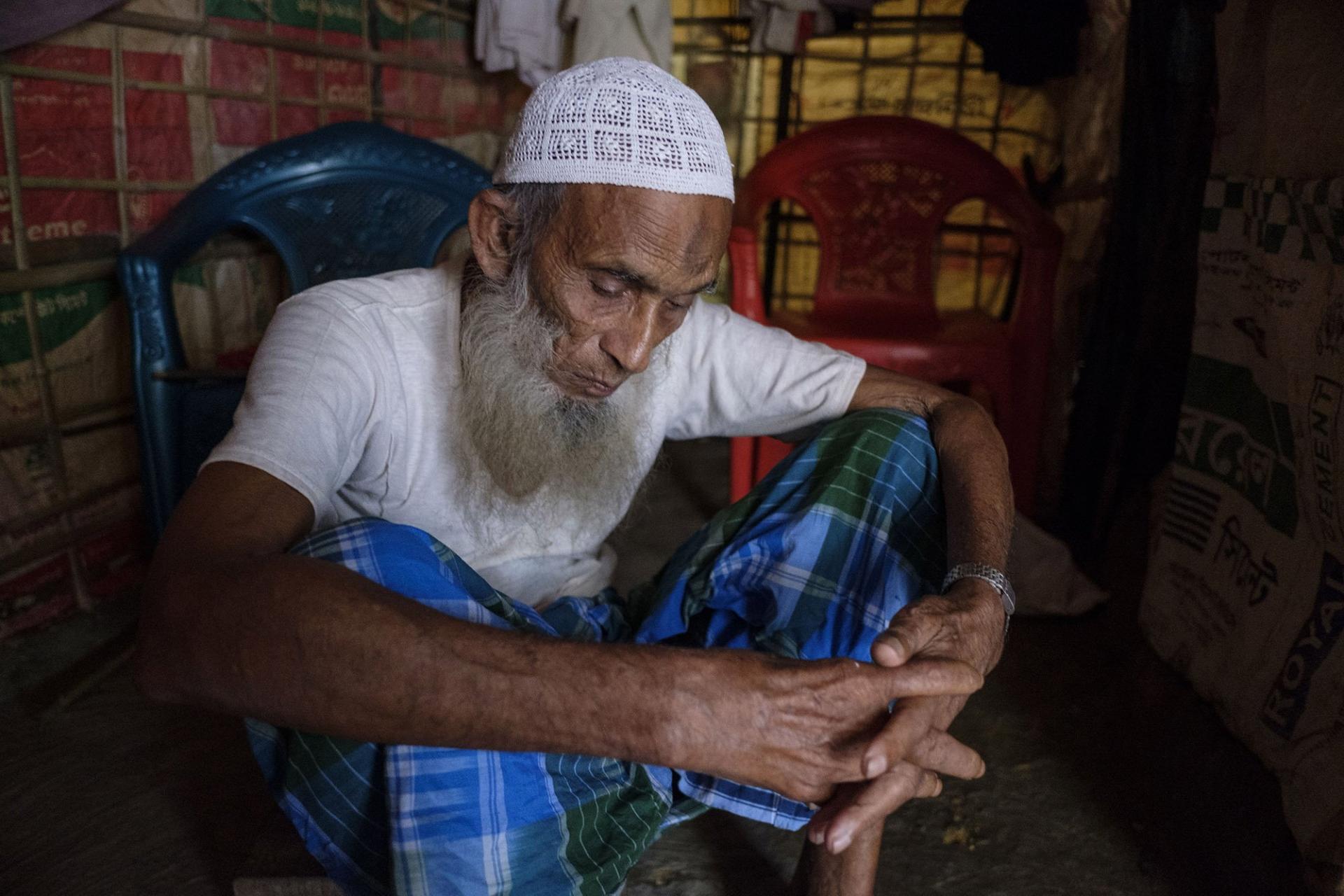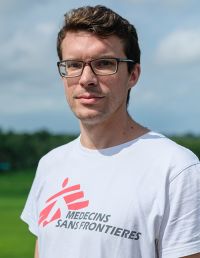
Dr Konstantin Hanke was Medical Activities Manager at the MSF medical facility in Kutupalong, Bangladesh. From the German city of Munich, Dr. Hanke worked in Kutupalong from early January until 2 October.
I joined MSF’s Bangladesh mission in January, when Rohingya refugees were still fleeing the last outbreak of violence in Rakhine State that started in October 2016.
The clinic was consistently busy, with around 350 patients a day in the outpatient department and around 200 admitted patients a month. The population had run out of money and their health deteriorated.
We saw more and more severe malnutrition, particularly in children under five years old. At one point we had 20 patients a day with severe measles in our isolation tent. We received a lot of trauma, and lots of accidents involving children, tetanus, rabies, and other cases I wasn’t used to seeing at home.
At the facility we rarely see a newborn that weighs more than 2500 grams. The mothers are usually malnourished, so the babies don’t have a very good start.
On 25 August, when we learnt of the deteriorating situation in Rakhine, we knew we might have to prepare for a new influx of refugees.
That night the first fresh wounded arrived, and a situation that was already bad became much worse. Initially we mostly received young male adults, but in the following days we saw women and children as well.
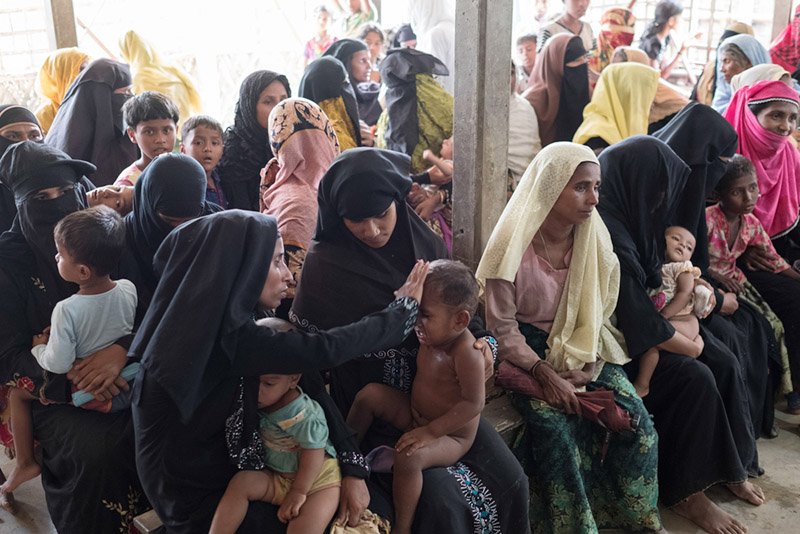
We saw patients with gunshot wounds and burns, and people with trauma and severe injuries who had somehow managed to cross the border.
Then the fresh wounds stopped and we started seeing patients who were seriously injured but had somehow managed to bring themselves to Bangladesh. It was really striking to see how they had made it from Myanmar to us.
People arrived in a horrific state. Some said they had been trapped in houses that were set on fire. We treated unaccompanied children who had lost their families.
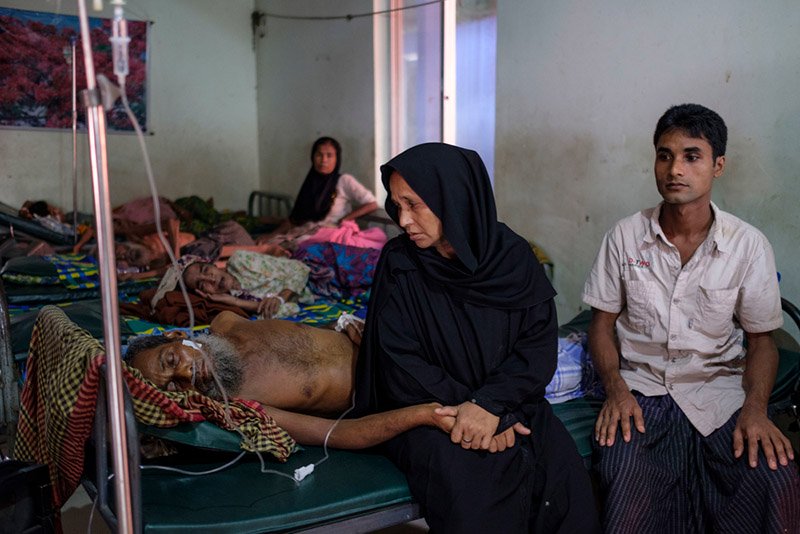
One tiny neonatal baby was brought in by a woman who had found it in the grass at the border. She’s now caring for the baby in addition to her own children.
We treated a young girl with a head wound; an hour later her mother was admitted with severe burns. They said they were the only survivors from their family.
The girl was always bringing her mother food and helping her eat. We’re providing play sessions for the child, counselling sessions, a caretaker to help with daily needs, and treating the mother’s burns.
We’re also giving them supplementary feeding so they are in a better overall state to heal, and they are steadily improving.
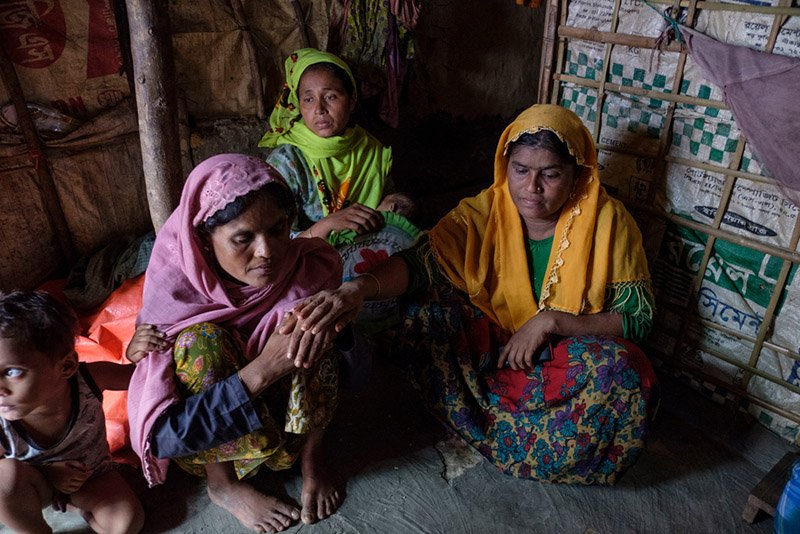
People have lost everything. Whole families have walked for days to reach Bangladesh. They have very few options. The poor conditions that most Rohingyas live in have a direct impact on their health.
At one point we received 13 people who had been bitten by a rabid dog that had run through the settlement. There’s no end to their suffering. When you are sitting at home and it starts raining heavily, it’s hard knowing they are trying to sleep outside under the rain.
I don’t even know if it’s worse when it’s raining, or when it’s burning hot and they have no clean water. It’s not the only conflict in the world, but seeing this with your own eyes, and then seeing what is considered important back home, is very frustrating.
The number of Rohingya who have arrived in the past five weeks is over 515,000 now: more or less the same size as the population of Nuremburg.
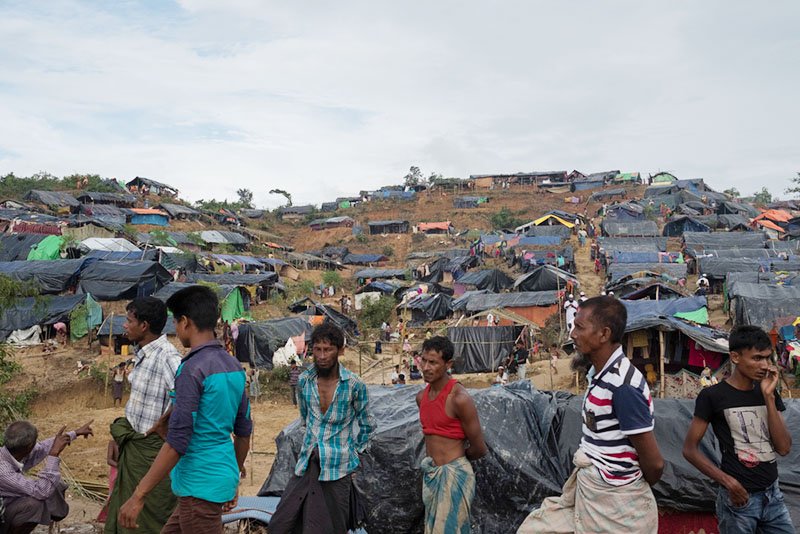
That might seem like an abstract number, but as a doctor here you see what that actually means. People are in need of profound help. A tiny bit more bad luck and we’ll have an epidemic on our hands.
Comprehensive vaccination campaigns need to be started, and there is an urgent need for latrines and fresh water supplies. Things were difficult enough for the people who arrived last year, but now with so many new arrivals, it’s a catastrophe.”
MSF first worked in Bangladesh in 1985. Close to the Kutupalong makeshift settlement in Cox’s Bazar district, MSF has for many years run a medical facility and a clinic offering comprehensive basic and emergency healthcare, as well as inpatient and laboratory services to Rohingya refugees and the local community.
In response to the influx of refugees, MSF has significantly increased its water, sanitation and medical activities for the refugee population.
Elsewhere in Bangladesh, MSF works in Kamrangirchar slum, in the capital, Dhaka, providing mental health, reproductive healthcare, family planning and antenatal consultations, as well as an occupational health programme for factory workers.
Following a wave of targeted violence against Rohingyas in Rakhine State, Myanmar, more than half a million people have fled to Bangladesh since 25 August.
The most recent influx of Rohingya refugees has added to the hundreds of thousands of Rohingyas who fled across the border during episodes of violence in previous years.
Find out more about MSF's work in Bangladesh
